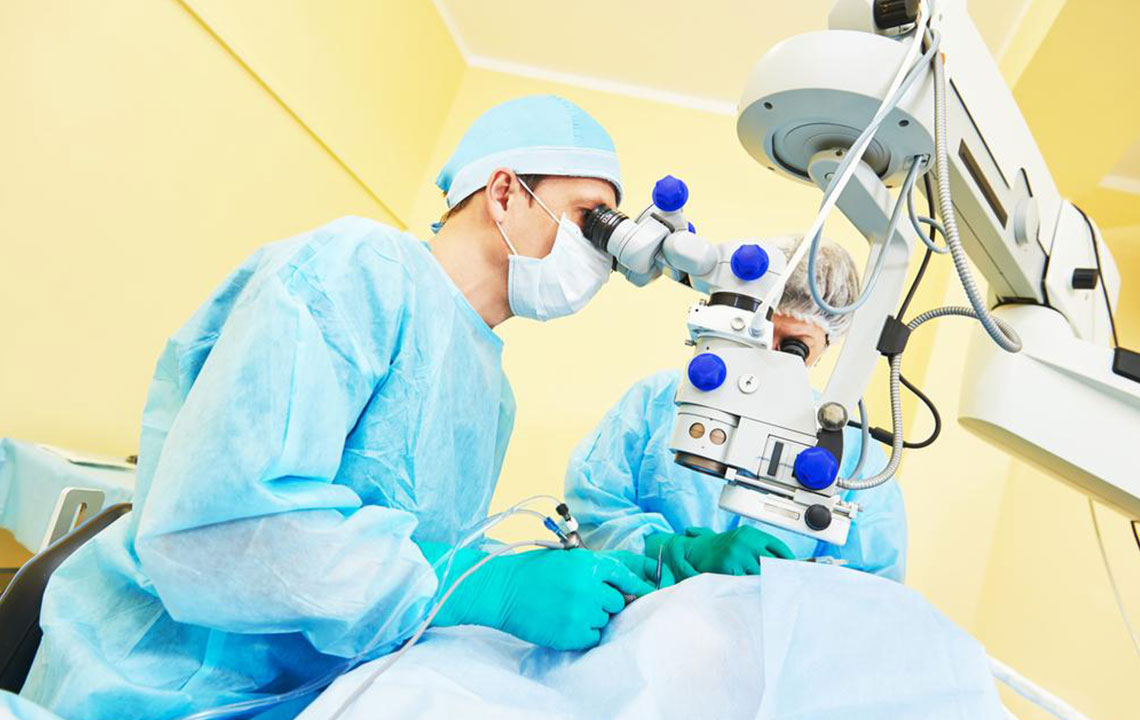Spinal Stenosis: How It Affects Your Spine
A lot of times, you might have heard that your spine controls a large part of your body and it is essential for you to take care of it. Well, this statement is not untrue. The spine, also known as vertebral column, surrounds the spinal cord , which is a part of the central nervous system (CNS) . The CNS supplies and receives messages from the peripheral nervous system. These signals are vital for a human and an animal.

There are a lot of problems the human spine faces over a period. Spinal stenosis is one of such damages that affects your spine. F actors include aging, pressure, incorrect posture, breakage, dislocation and so on.
What is spinal stenosis?
Spinal stenosis is a disorder that narrows the spaces within your spine. This , in turn , blocks the adequate space required for the nervous system. When this happens, your nerves that travel through the spine gets pressurized , thereby causing pain, discomfort, incorrect sitting position and if not treated earlier, may even cause permanent damage.
Spinal stenosis usually occurs in the section of the spine where people put the most pressure, and that is the lower back and neck. The problem with this disorder is that some people never see any symptoms for a very long period. While there are people who experience pain, weakness and other reactions, if you are one of those people who has already started seeing symptoms, then now is the right time for you to consult a chiropractor. The symptoms usually worsen with time, and therefore , it is significant to pay attention to it as soon as possible.
Riding bikes, sitting at one position for a long duration, forward head, sleeping in the wrong position, incorrect bedding, malnutrition and calcium deficiency have been some of the common causes of s pinal stenosis.
Who is a chiropractor?
A c hiropractor is a professional physician who is specialized to focus on diagnosis and treatment of the neuromuscular disorder and treat most of the spinal issues by manually adjusting or manipulating the spine. This is one of the best methods to diagnose most spinal disorders. But some of the problems may not be fixed manually. In that case, you will be suggested to go for some surgery or any other medication.
Most people seek chiropractors at an earlier stage , making it easy for the physicians to fixing the issues as effortlessly as possible. The first few sessions include focusing on reducing the pain, improv ing the functionality of the spine and train ing the patients to use techniques that support and comfort the spine. After a thorough examination and observation of the patient ’ s reaction towards the treatment, the physicians will then proceed towards further treatment including diet plan, exercise, ergonomics and a lot of other therapies and massages.
Types of spinal stenosis:
Spinal stenosis is many different types and these can be classified according to etiology, anatomical location, the types of tissues and outcomes/procedures involved to treat the stenosis. However, there are two main types of stenosis, and they are:
- Cervical stenosis: This particular disorder occurs in the neck area of the spine.
- Lumbar stenosis: This one occurs in the lower back of the spine , which is most common in adults.
The regular wear and tear of spinal cord or nerves and t he extreme pressure on the spinal cord can cause any of the above two stenosis types. However, lower back pain is further segregated into many sub-categories to match the treatment types and results.
Statistics and other information
Several studies revealed that 40% of the patients were women with an average age of about 60 years and 91% of patients had claudication. The symptoms occurred in 3% of the patients for 7-12 weeks while 39% of the patients saw the symptoms for 3-6 months and 33% of them suffered for more than a year.
Treatment and precautions
Spinal stenosis is a clinical pathology that is diagnosed by clinicians to find the exact anatomical location wherever the narrowing has occurred. Even the tissues and nerves involved in this condition are closely studied upon. T he treatment can be of various types of oral medication, manual fixing, massages, therapy, clinical surgery and physical activity.
Precautions include regular exercise, walking, sitting in the correct posture, regular body massages, healthy diet, meditation , and avoid pressurizing the muscles around the vertebral column.




